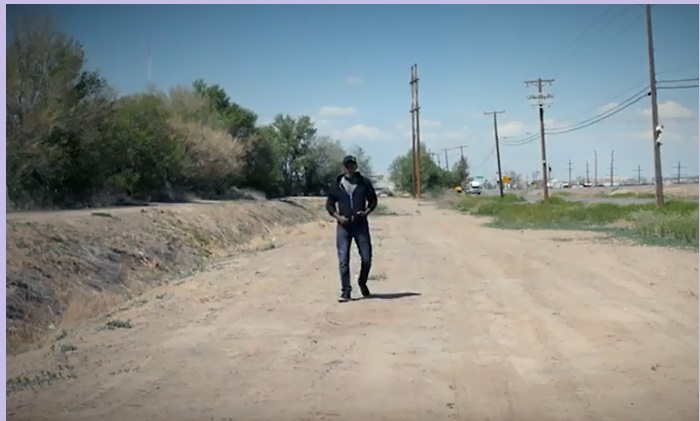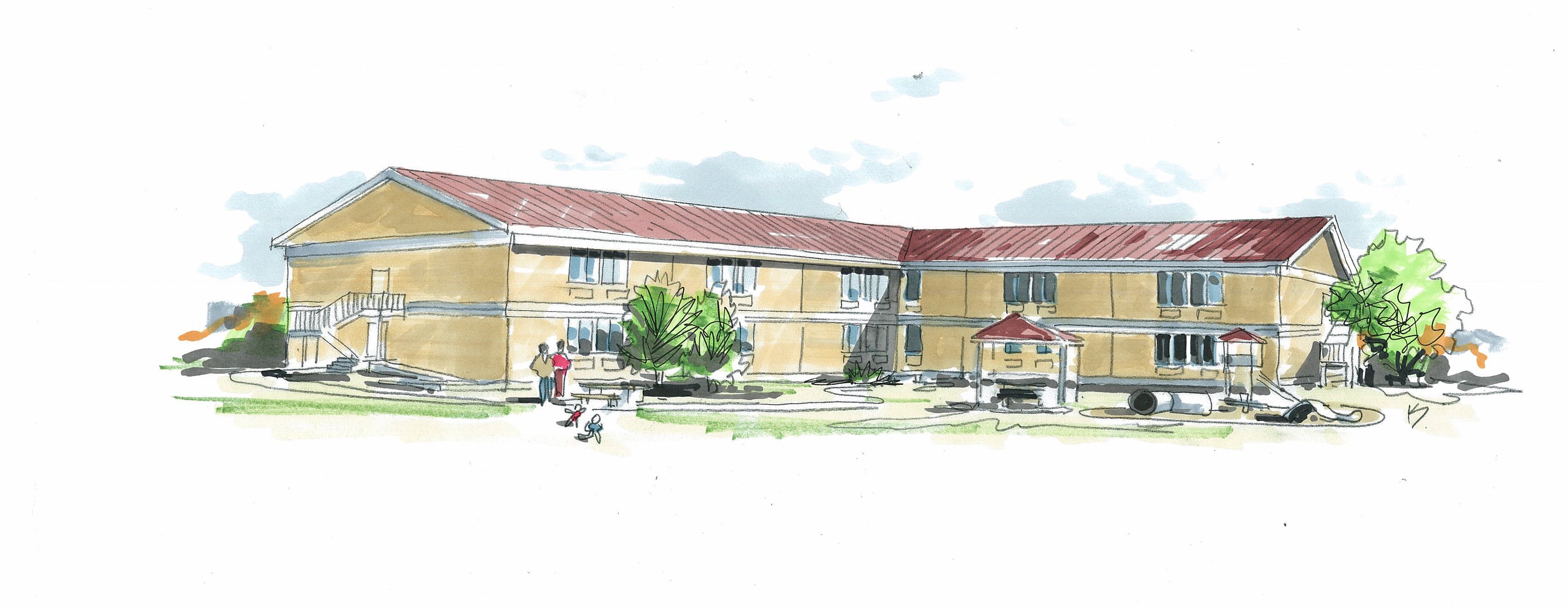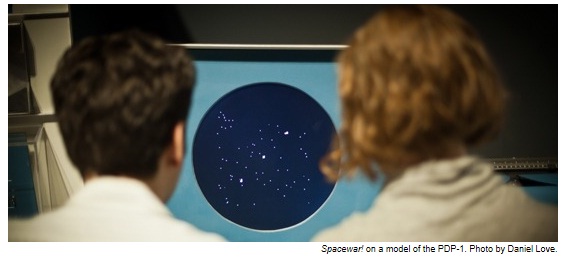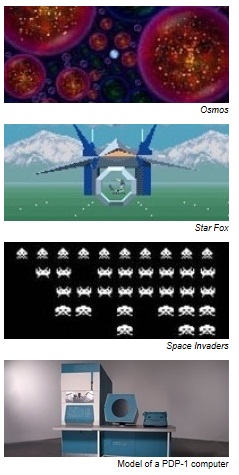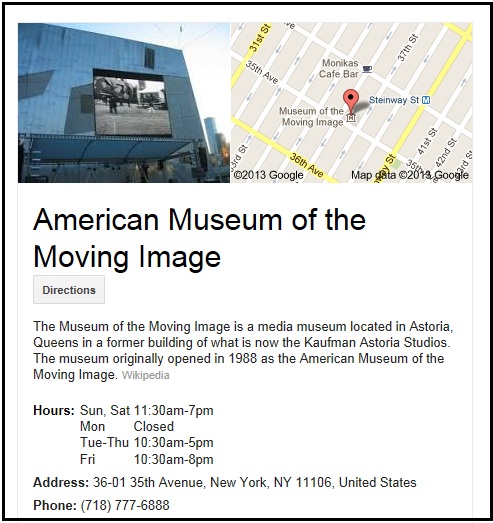via our friends at toptenrealestatedeals.com.
Annie Leibovitz’s Picture-Perfect California Hideaway Is For Sale

Annie Leibovitz – Self-portrait, c.1990. Auction passed via Galerie Bassenge (Dec 2010).
North America’s most famous living photographer, Annie Leibovitz, had quite the surprise when she bought her 65-acre home and farm in 2019 and learned that North America’s most famous photographer of the 20th century, Ansel Adams, had photographed one of the farm’s barns a century ago. It was the perfect metaphor for her purchase of The Hideaway in Bolinas, California.

Annie Leibovitz – Queen Elizabeth II. Sold for $27,500 usd/ $37,600 cad via Phillips (April 2012).
Leibovitz is renowned for her intimate portraits of celebrities for Rolling Stone, Vanity Fair, and Vogue. She did Mick Jagger, Adele, Linda Ronstadt, Queen Elizabeth II, Bruce Springsteen, The Blues Brothers, and the Barack Obama family.

Her snapshot of John Lennon wrapped around Yoko Ono, taken just a few hours before his death, is one of Rolling Stone’s most famous cover images. And her photos of then 15 year old Miley Cyrus sparked controversy and marked a turning point in the young singer’s career.

Leo DiCaprio with Swan 1997 by Annie Leibovitz
Declared a Living Legend by the Library of Congress, Annie is the first woman to have a feature exhibition at Washington’s National Portrait Gallery. Born in Connecticut and based in New York, the self-described “California Person” purchased a 65-acre home and farm, known as The Hideaway, in Bolinas, California in 2019, hoping to spend more time on the West Coast, where she had majored in photography at the San Francisco Art Institute. But with her three young adult children on the East Coast, Annie has decided to list the property for sale at $8.9 million usd/ $12.8 million cad.

With her new property dating back to the 1800s, Leibovitz spent over $2 million usd/ $ 2,736,000 cad on improvements, which included several structures: a home with four bedrooms, a guest house, a caretaker’s residence, and a converted garage.

The original, vintage rotary dial phone was retained in the renovation.

A previous owner, Hardly Strictly Blue Grass founder Warren Hellman, added a recording studio and a performance venue with a banquet hall to the property.

An equestrian’s dream, the complex has impressive horse facilities, including a 100′ x 200’ all-weather riding arena and a top-of-the-line, seven-stall barn with exposed beams and an attached office. Spectacular rolling hills and verdant pastures provide fodder for horses, cattle, or other livestock.

Last but definitely not least: gorgeous views of Bolinas Lagoon, Stinson Beach, Mount Tamalpais, the Pacific Ocean, San Francisco, and the surrounding countryside add even more allure to the picture.

What might be described as the perfect California location on Bolinas Bay, Bolinas has a small-town atmosphere but is only an hour’s drive north to San Francisco. Known for its reclusive residents, Bolinas is only accessible via unmarked roads. The Hideaway is close to bird and seal sanctuaries, botanical gardens, great spots for kayaking and surfing, and the charming Bolinas and Stinson Beach towns. Almare Falls, one of only two beach waterfalls in the continental United States, is accessible via the California Coastal Trail. Other celebrities hiding away in this uniquely beautiful, secluded area include director Joel Coen, actress Frances McDormand, chef and restaurateur Alice Waters, and Third-Eye Blind frontman Stephan Jenkins.

The listing is held by Alexander Fromm Lurie at Compass. Photo credit: Jacob Elliott, courtesy of Compass.

